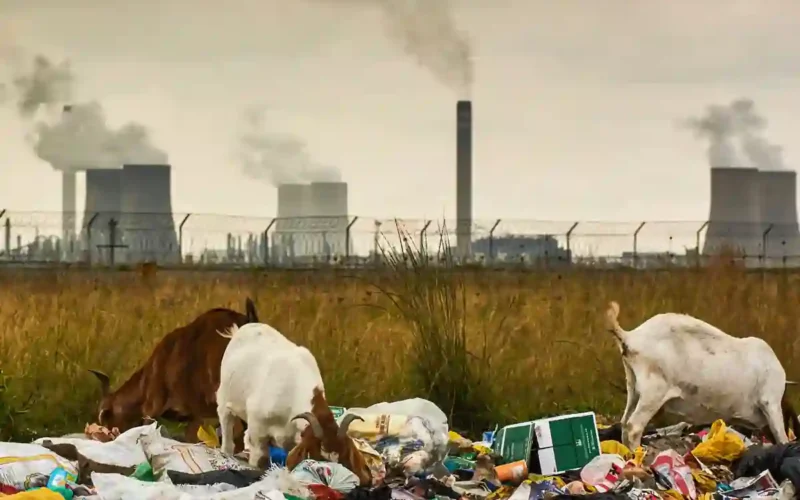Climate change-induced deaths due to heat and pollution have seen an exponential rise over the last three decades, threatening millions across the globe, according to a newly published international report on climate change.
According to The Lancet Countdown on Health and Climate Change, deaths resulting from hot weather have increased 23% since 1990, accounting for an estimated annual average of 546,000 fatalities due to extreme heat.
Follow the Times of Karachi channel on WhatsApp
Air pollution caused by forest fires alone resulted in 154,000 deaths worldwide in 2024 alone – another tragic indicator of their relationship to rising global temperatures.
This report emphasizes that emissions from burning fossil fuels such as gasoline and coal contributes to 2.5 million deaths each year, making this environmental health threat one of the world’s greatest environmental concerns.
Researchers observed that this increase in mortality coincides with several nations, such as the US, backtracking on climate commitments and delaying urgent global action.
READ: Karachi to host PIMEC 2025 next month
Climate change has an adverse impact on human health around the globe and must be immediately reduced if fossil fuel dependence is to be eliminated.
Study results revealed that 2024 was the hottest year ever experienced by humans, with everyone on Earth suffering an additional average of 16 extremely hot days which may cause serious harm to health.
Experts warned that global warming and drought have dramatically worsened food insecurity, with an estimated 123 million more people facing moderate or severe hunger in 2023 compared to 1981-2010 period.
Visit Times of Karachi website for the latest news-related content daily
In March 2025, the 100 largest oil and gas companies expanded production plans, increasing climate risks while undermining global health resilience.
Researchers warned that continued reliance on fossil fuels threatens the wellbeing of 8 billion people on our planet, including health systems, cooling infrastructure and disaster response mechanisms.











